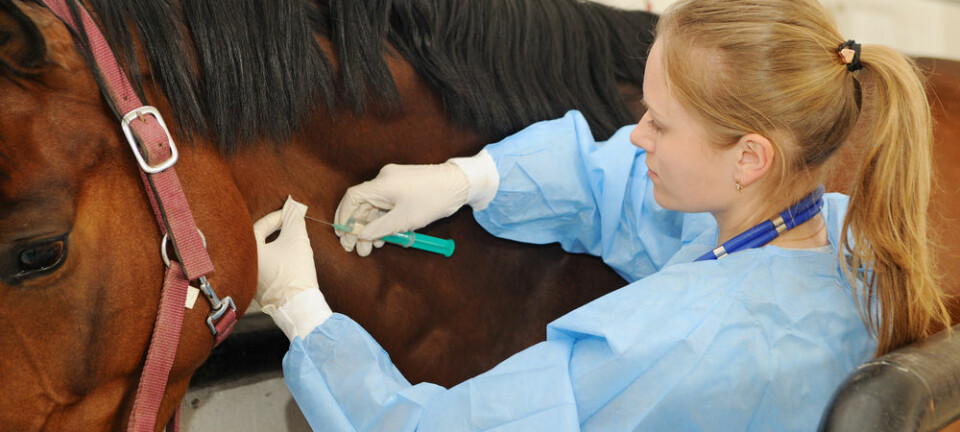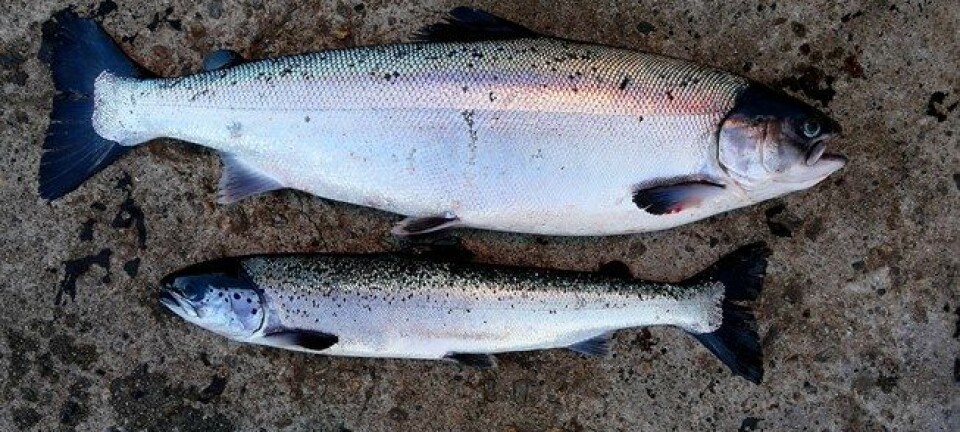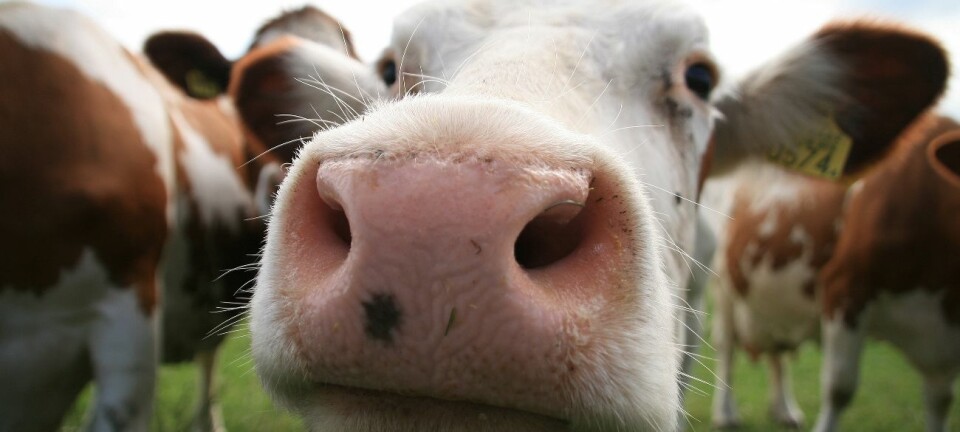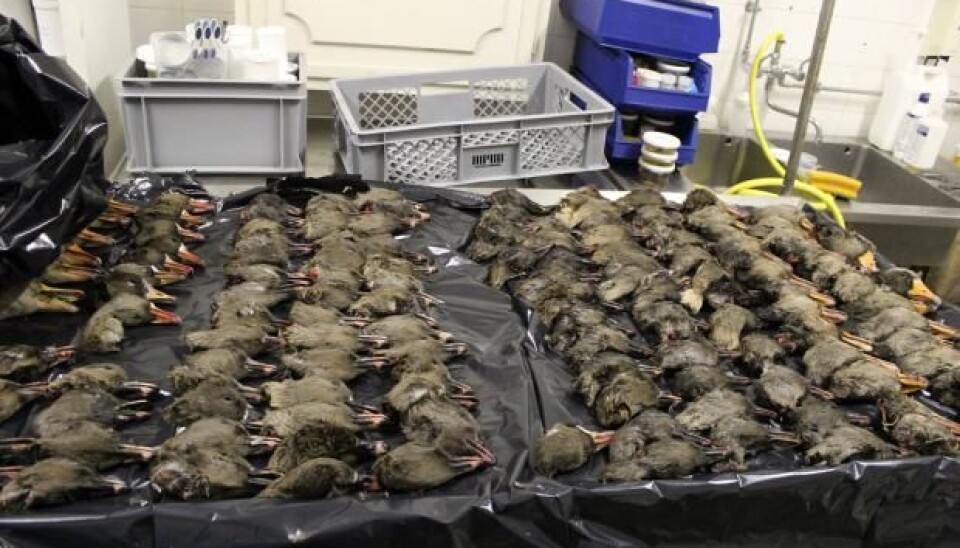
Deadly virus discovered in Scandinavian geese
A virus that plagues wild geese in North America has now been detected in Scandinavia.
Swollen stomach, constipation, and death, are the symptoms of 'aquatic bird bornavirus 1', which affects almost half of all wild geese in North America.
Scientists have discovered cases among wild geese in Scandinavia, which, until now, had been unaffected by the deadly virus. .
"It’s the first time that the virus has been found among geese in Europe and we’re worried that it's going to spread like it did in North America," says co-author Mads Bertelsen, veterinarian at Copenhagen Zoo, Denmark.
The study is published in the scientific journal Emerging Infectious Diseases, where Bertelsen and his colleagues report cases of the virus among Scandinavian grey geese, barnacle geese, and pink-footed geese.
Hunters help scientists find infected geese
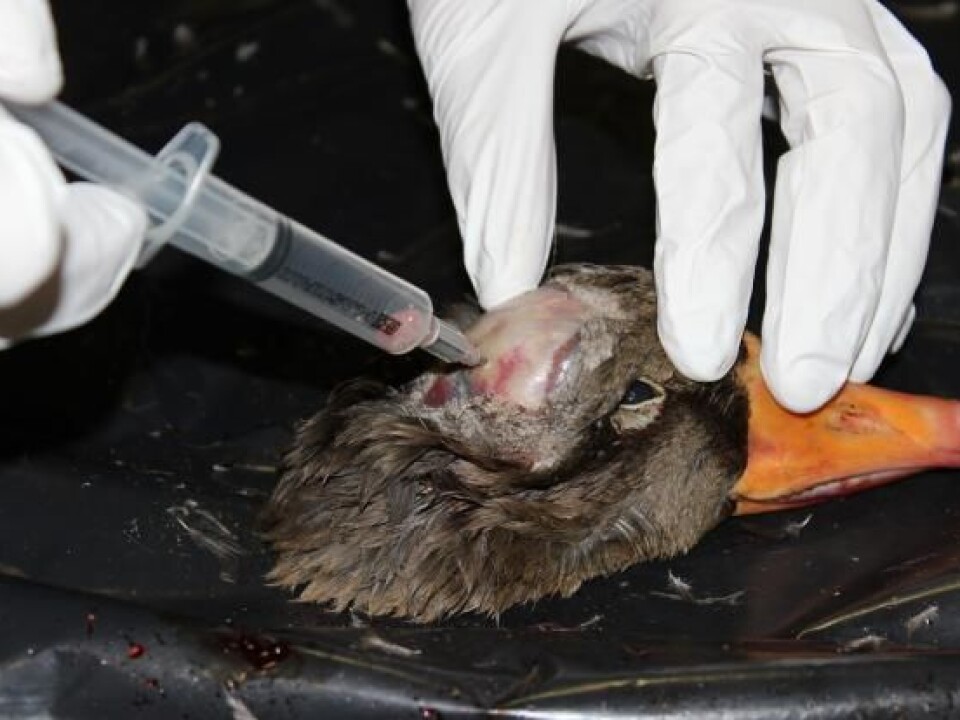
The study was the result of a collaboration between scientists and hunters, who donated 333 severed geese heads from their hunts in the Danish countryside.
Scientists found the virus in seven of the geese.
"We don’t know how the virus arrived in Europe,” says Anders Fick Thomsen who conducted the study as part of his thesis in veterinary medicine with the University of Copenhagen, Denmark.
“One possibility may be that the infection occurred in Greenland,” he says, which is a common breeding ground for some Canadian and European geese.
Geese eat themselves to death
Studies show that between 10 and 50 per cent of all North American geese suffer from 'aquatic bird bornavirus 1', however, not all birds become sick from the virus. Some display no symptoms at all, while others may become seriously ill and die.
"They are thin, but when we conduct an autopsy, we see that their oesophagus and stomach are full and tremendously swollen. They continue to eat while the stomach doesn’t work, so eventually they die," says Bertelsen.
The virus infects the nerves that control the bird’s stomach, says Bertelsen. Just like other birds, geese have a stomach muscle--the gizzard--that enables the stomach to grind their food.
"Geese don’t have teeth. Instead, they have muscles to grind the food in their stomach. If the nerves that control these muscles are destroyed, then they can no longer chew and digest their food. But they continue to eat anyway until their stomach gives in," says Bertelsen.
He hopes that authorities in the future will begin to monitor the proliferation of 'aquatic bird bornavirus 1' among Scandinavian geese.
Christmas goose is safe
Although the discovery of the virus can arouse concern among animal lovers who care about animal welfare, it need not worry those who enjoy a goose for dinner, say scientists.
"There’s no evidence that people can become ill from being bitten by Canadian geese or of eating roast goose. So no one need worry about eating goose," says from Anders Fomsgaard, a professor at University of Southern Denmark and the Statens Serum Institut in Denmark.
The scientists behind the study agree.
"So far there’s nothing to suggest that the virus can be transmitted from geese to humans. It hasn’t been seen before, and it seems unlikely because the virus rarely infects across animal classes,” says Thomsen.
“Typically, mammals infect other mammals, and birds infect other birds. So at this time the conclusion is that there’s no risk associated with eating geese," he says.
---------------
Read the Danish version of this story on Videnskab.dk
Translated by: Catherine Jex
Scientific links
- 'Aquatic Bird Bornavirus 1 in Wild Geese, Denmark', Emerging Infectious Diseases (2015)
- 'A Variegated Squirrel Bornavirus Associated with Fatal Human Encephalitis', New England Journal of Medicine (2015)
